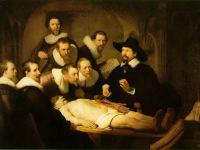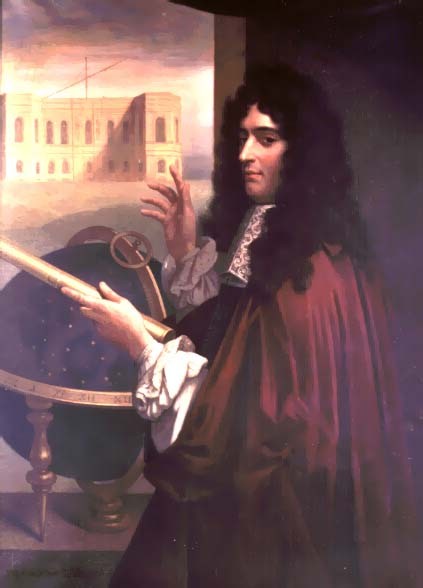
Giovanni Domenico Cassini (1625 – 1712)
On December 23, 1672, Italian astronomer Giovanni Domenico Cassini discovered Rhea, the 2nd largest of the 62 Saturn moons that are known by today.
Background and Education
Giovanni Cassini Cassini was born in Perinaldo (Liguria) on June 8, 1625. He married the rich Geneviève de Laistre, became a French citizen in 1673 and began to write his first name Jean-Dominique. Cassini studied at the Jesuit College in Genoa and Bologna. Through the influence of the former General and Senator Cornelio Malvasia, in 1650 he became the successor of Father Bonaventura Cavalieri [11] at the University of Bologna as Professor of Astronomy and Mathematics. There he taught Euclidean geometry and – according to the doctrine of the Catholic Church – Ptolemaic astronomy. For a long time he favored the geo-heliocentric system by Tycho Brahe before switching to Copernicus’ theory later on and also, just like Tycho, Cassini began observing the sky more accurate than many scientists before him.[5]
Cassini in Astronomy
Cassini developed into a persistent, very precise observer of the sky. In 1655, with his Meridiana in the Basilica of San Petronio in Bologna, he determined the inclination of the Earth’s orbit, the diameter of the sun and the refraction of light in the Earth’s atmosphere. He published his results quickly in 1662 in tabular form. In addition, the telescopes of Eustachio Divini (1610-1685) from Rome and Giuseppe Campani (1635-1715) provided him with spectacular discoveries: With the help of the Great Red Spot on Jupiter, Cassini determined its own rotation (1665). Around 1690, Cassini was the first to observe differential rotation within Jupiter’s atmosphere. He also calculated the rotation duration of Venus, Jupiter and Mars and examined the surfaces of the planets more closely. From the regular orbit of the Jupiter moon Io he derived the determination of the longitude, an important step for geodesy and navigation. In 1668 Cassini published precise tables (Ephemerides Bononienses mediceorum siderum). After Jean Picard had spoken out in favour of him and achieved the benevolence of King Louis XIV,[8] Colbert appointed Cassini to the newly founded Académie Royale des Sciences in 1669 and to head the Paris Observatory, which was still under construction.
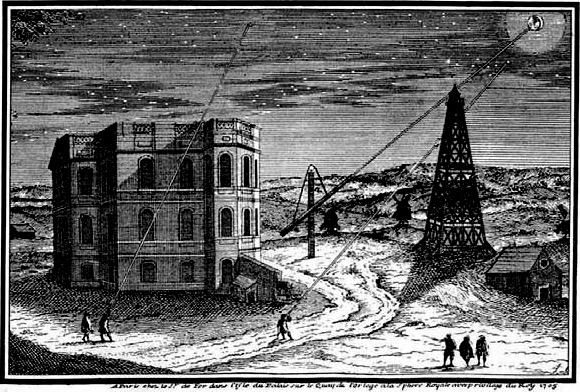
An engraving of the Paris Observatory during Cassini’s time.
The Saturnian System
It was during these years, when Cassini discovered Saturn’s Moons Iapetus in 1671. He noticed regular changes in brightness in Iapetus andrealized that the moon always showed Saturn the same side, i.e. how the earth moon rotated bound. Overall, Cassini discovered four satellites of Saturn: Iapetus and Rhea in 1671 and 1672, and Tethys and Dione (1684).[9] Cassini was the first to observe these four moons, which he called Sidera Lodoicea (the stars of Louis), including Iapetus, whose anomalous variations in brightness he correctly ascribed as being due to the presence of dark material on one hemisphere (now called Cassini Regio in his honour). It was also him to discover the gap in Saturn’s Rings, now called the ‘Cassini Division‘. Cassini interpreted the 14 celestial bodies known at that time (6 planets and 8 moons) as glorification of the Sun King Louis XIV. Today it is assumed that Cassini, out of reverence for his royal employer, had long concealed that in the meantime he had discovered two more Saturn moons, Dione and Tethys. It was not until 1684 that he announced the discovery. Another important part of Cassini’s research was the calculation of the Earth-Sun distance, today known as an Astronomical Unit. Through this unit, it was then possible to indicate all distances in the solar system standardized but this new kind measurement was not initially accepted by all astronomers, for instance Edmund Halley was one of its opponents.[6]
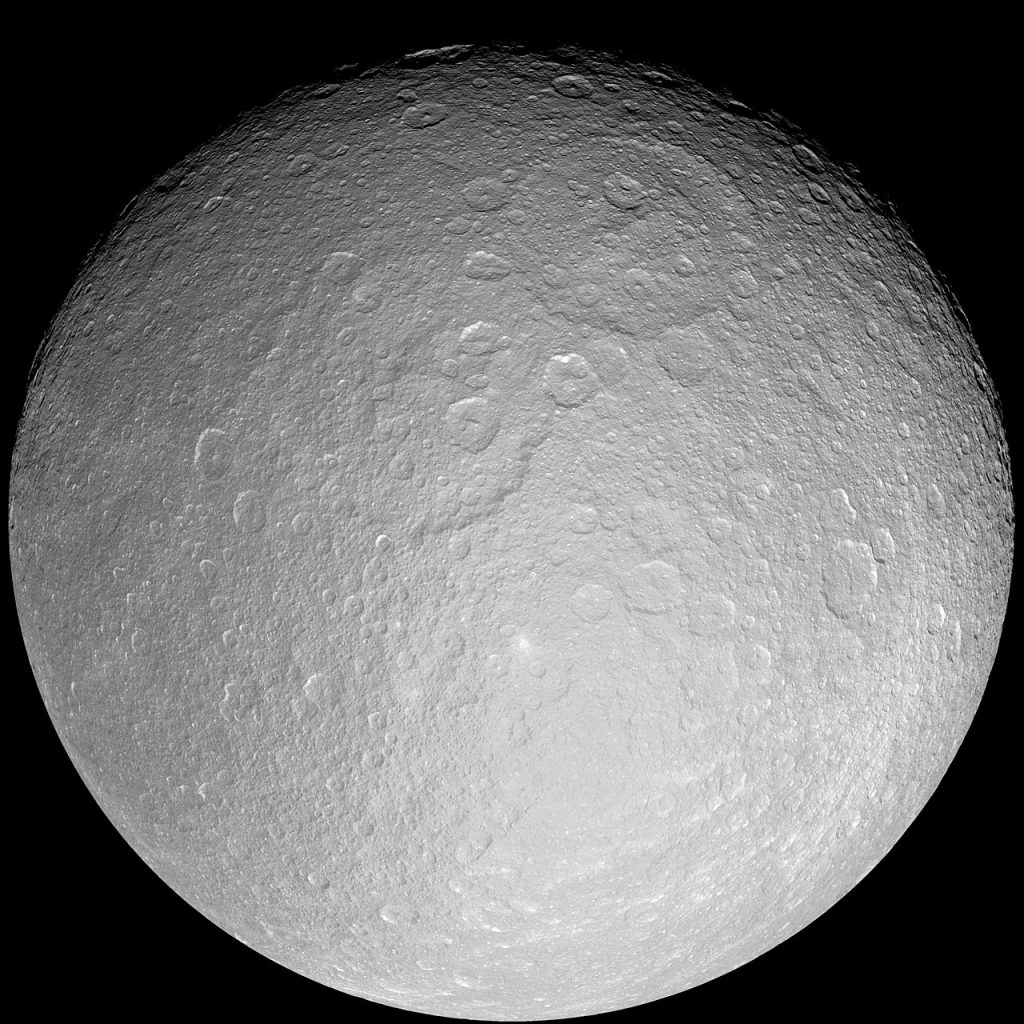
Saturn Moon Rhea
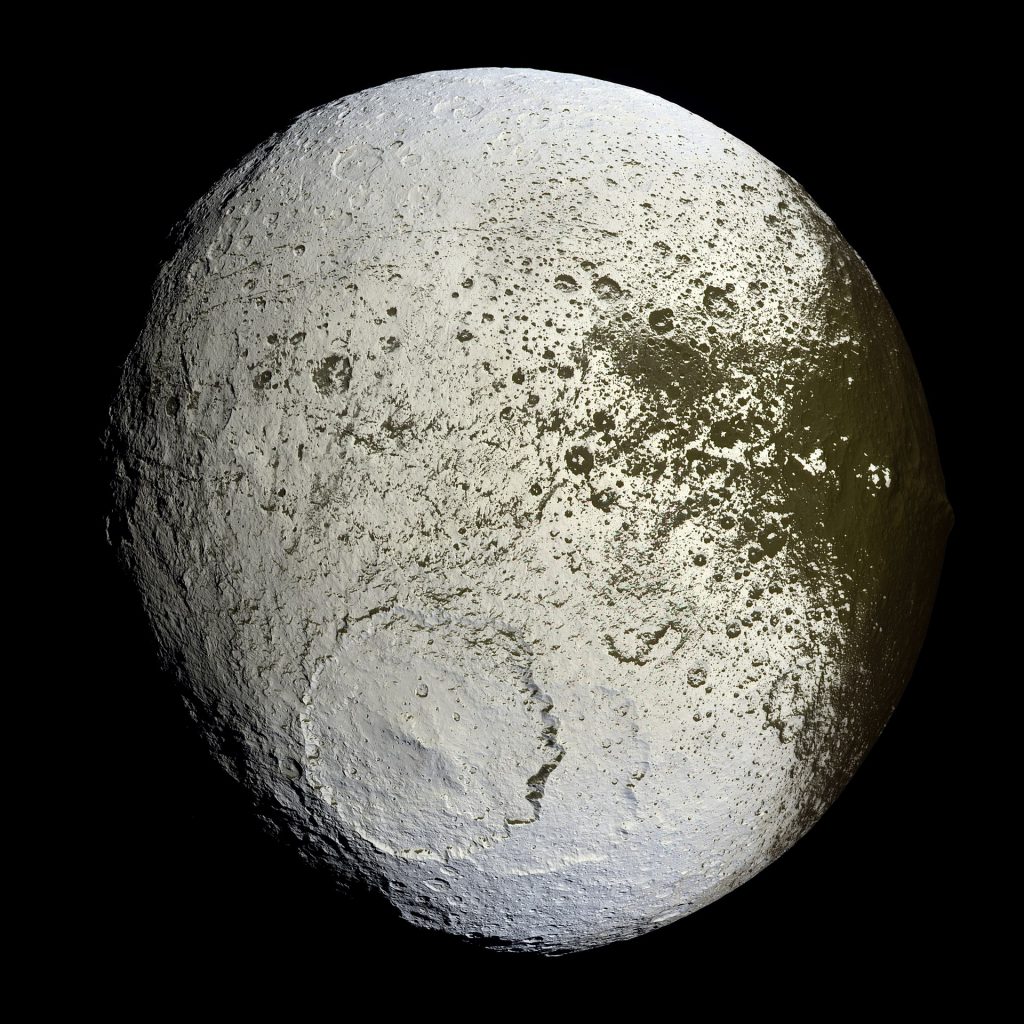
Saturn moon Iapetus
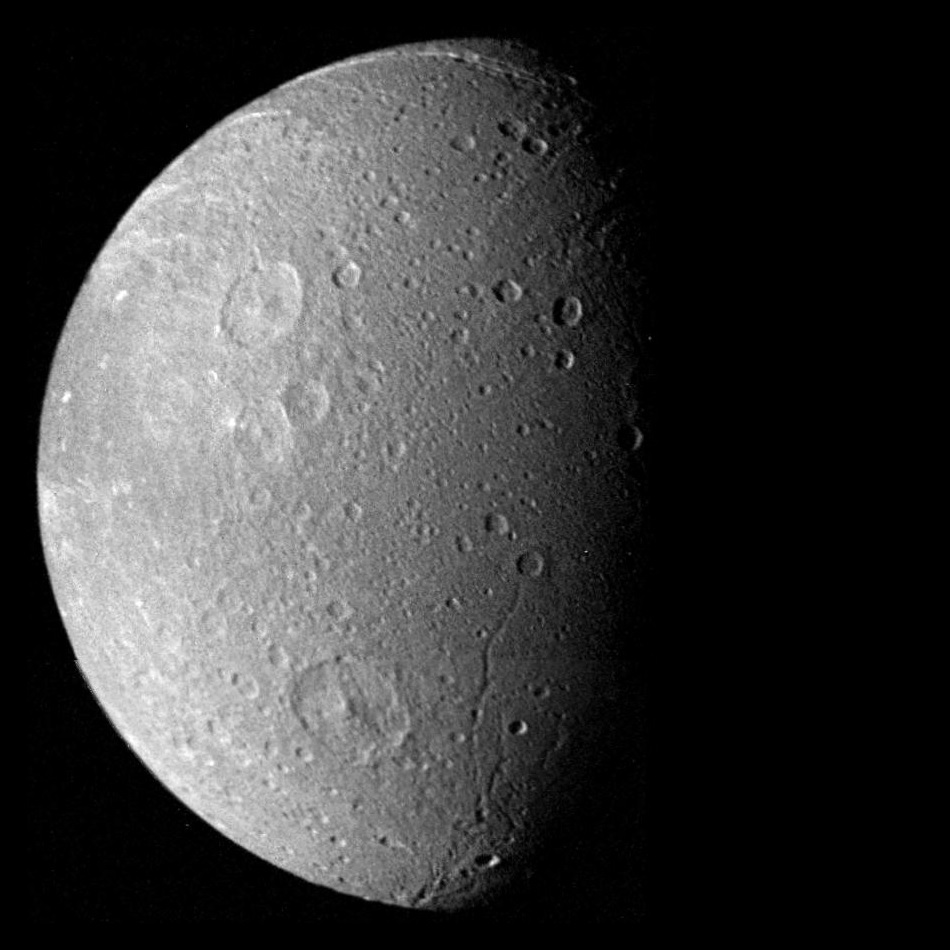
Saturn moon Dione
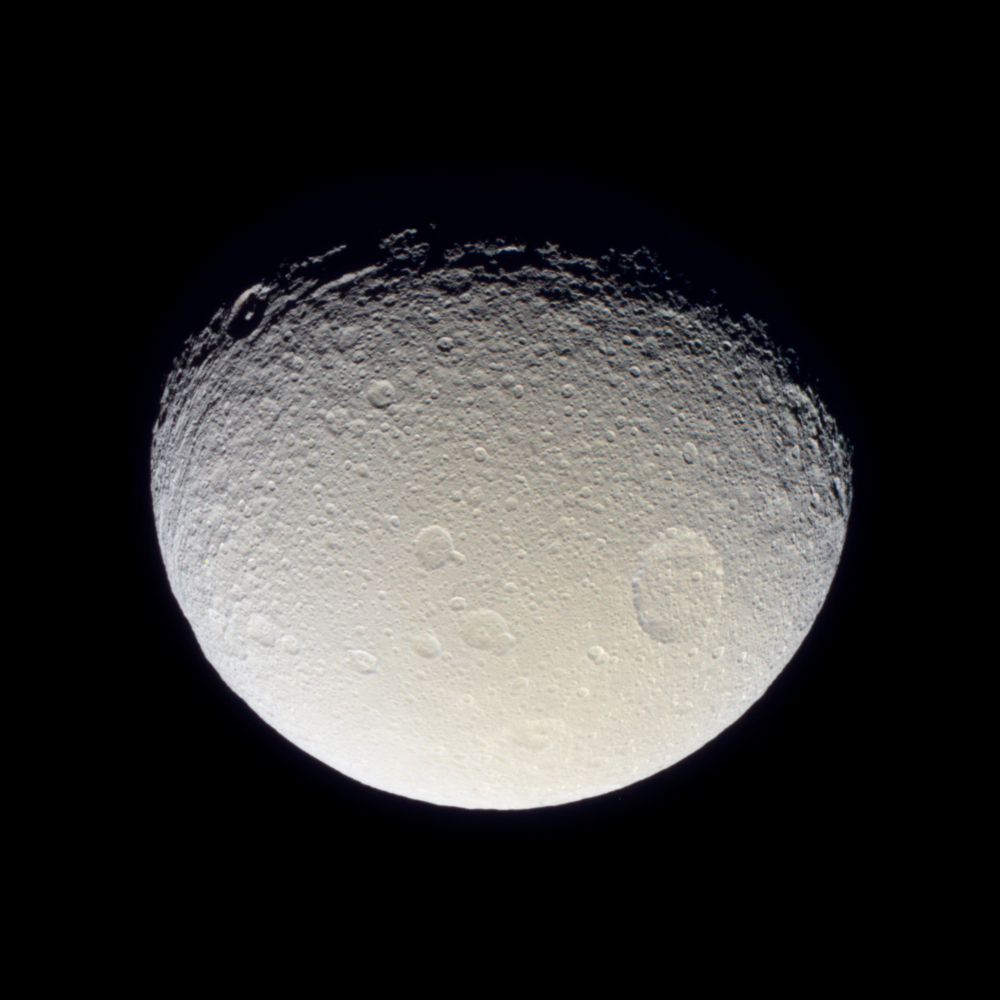
Saturn moon Tethys
Giovanni Domenico Cassini’s further Achievements
In general, Giovanni Domeinco Cassini was known to represent traditional theories instead of new discoveries of his young colleagues. When Jean Richer and Philippe de La Hire published their findings on the oblateness of the Earth at its poles, he rejected it as well as Ole Rømer‘s theories about the finiteness of the speed of light. In 1672, Jean Richer determined the distance between Earth and Mars in Cayenne together with Cassini in Paris. From this, Cassini calculated a parallax of the sun of 9.5″. This made it possible for the first time to indicate the Earth-Sun distance, today the astronomical unit, and thus all distances in the solar system. But the measuring accuracy was not sufficient (the value was 7 % too low), so Cassini’s result was not accepted by many, especially by Edmund Halley.
But despite his attitudes to certain theories, Giovanni Domenico Cassini counts as one of the most influential astronomers in the 17th century. His conservative attitude is also evident from the fact that he rejected Johannes Kepler‘s elliptical orbits and Newton’s theory of gravitation.[10] In 1680, instead of the ellipses, he proposed a fourth-order curve, today known as the Cassinian Oval or Cassinian Curve. In 1672 he was elected a member of the Royal Society at the suggestion of Henry Oldenburg. In 1683, Cassini presented the correct explanation of the phenomenon of zodiacal light. Zodiacal light is a faint glow that extends away from the Sun in the ecliptic plane of the sky, caused by dusty objects in interplanetary space. For the moon’s orbit he formulated three Cassinian laws in 1693:
- The moon rotates uniformly bound to its orbit.
- The lunar equator is constantly inclined by 1.5 degrees against the ecliptic.
- The rotation axis of the moon is always in the plane which is spanned by its orbit normal and the normal of the ecliptic (the observable slight deviation from this rule is called physical libration).
Giovanni Domenico Cassini passed away on September 14, 1712 in Paris at age 87.
Caroline Crawford, Saturn, its Rings and Moons, [12]
References and Further Reading:
- [1] O’Connor, John J.; Robertson, Edmund F., “Giovanni Domenico Cassini“, MacTutor History of Mathematics archive, University of St Andrews.
- [2] Clerke, Agnes Mary (1911). “Cassini s.v. Giovanni Domenico Cassini“. In Chisholm, Hugh (ed.). Encyclopædia Britannica. 5 (11th ed.). Cambridge University Press. p. 459.
- [3] Cassini at Wikidata
- [4] Augusto De Ferrari (1978), “Cassini, Giovan Domenico” Dizionario Biografico degli Italiani 21 (Rome: Istituto dell’Enciclopedia Italiana).
- [5] Tycho Brahe – The Man with the Golden Nose, SciHi Blog
- [6] Edmund Halley and his famous Comet, SciHi Blog
- [7] Ole Rømer and the Speed of Light, SciHi Blog
- [8] Jean Picard and his Love for Accuracy, SciHi Blog
- [9] Edmond Halley besides the Eponymous Comet, SciHi Blog
- [10] And Kepler Has His Own Opera – Kepler’s 3rd Planetary Law, SciHi Blog
- [11] Cavalieri’s Principle, SciHi blog
- [12] Caroline Crawford, Saturn, its Rings and Moons, Gresham College @ youtube
- [13] Timeline for Giovanni Domenico Cassini via Wikidata




